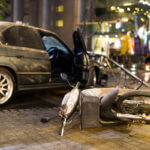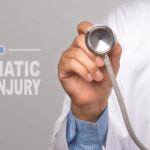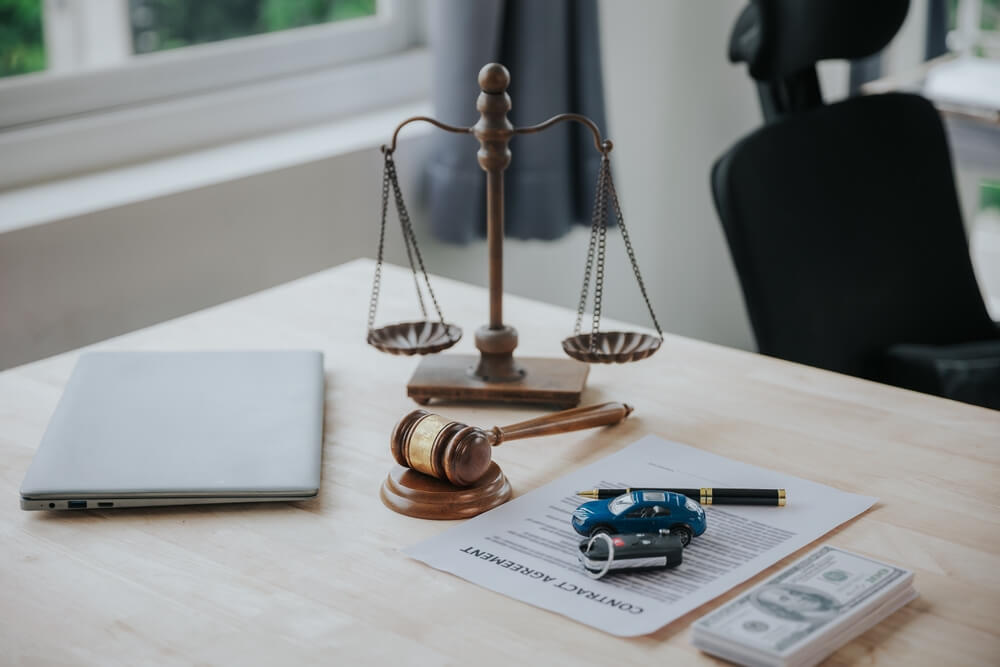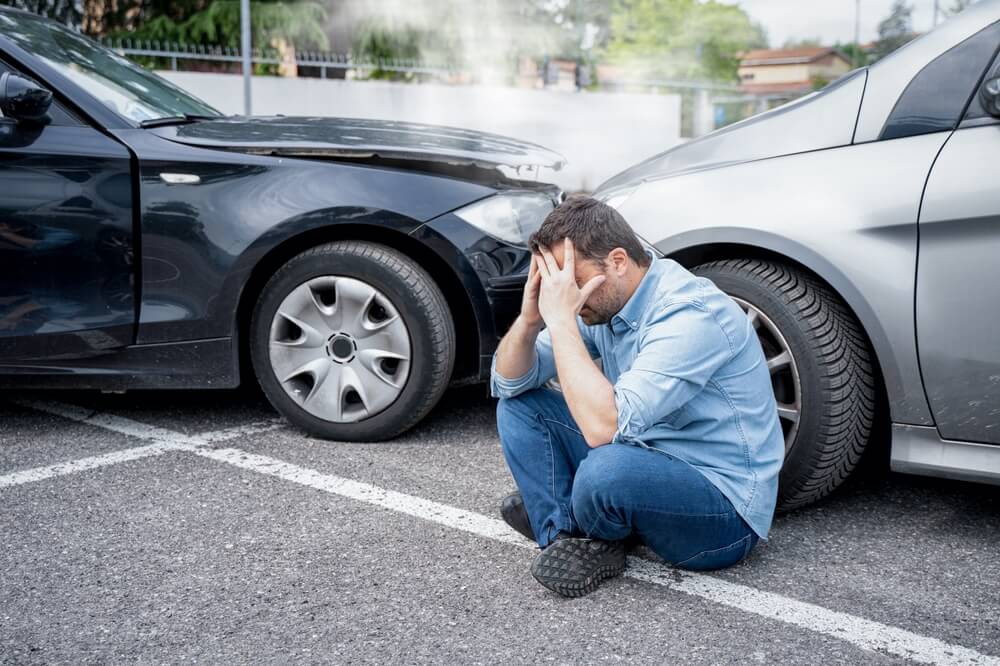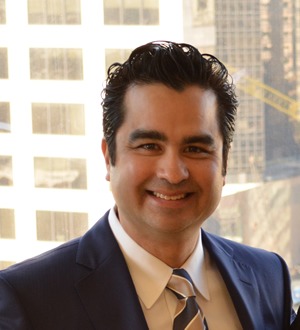
Partner at AKD Lawyers
Practice Areas: Personal Injury
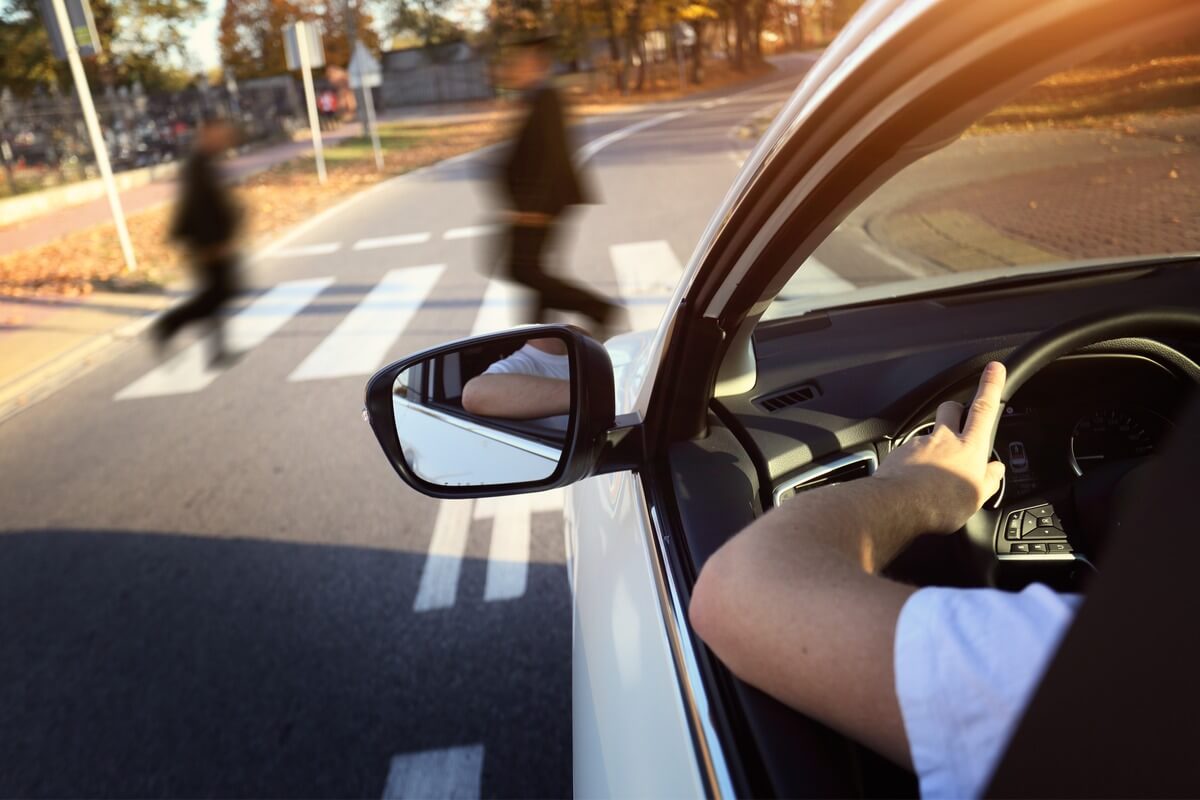
Pedestrian accidents happen more often than many realize. Whether it’s in a quiet neighborhood or a busy intersection, the consequences of being hit by a car can be physically, emotionally, and financially overwhelming. If you or someone you care about has been struck by a vehicle, it’s essential to know what steps to take immediately and what your rights are in the days and weeks that follow.
This guide explains what to do after being hit by a car, how to protect your legal rights, and how a personal injury law firm can help.
Immediate Actions to Take After Being Hit
If you’ve just been involved in a pedestrian accident, here are the critical first steps to prioritize for your health and legal protection.
Seek Medical Attention Immediately
The first and most urgent step is to get medical help. Even if you feel fine right after the accident, your body might be in shock and not show signs of injury right away.
Adrenaline can mask serious injuries, making it vital to undergo a complete medical evaluation following any pedestrian accident.
Internal bleeding, concussions, and soft tissue injuries can be invisible at first. A complete medical check-up helps diagnose injuries early and documents them adequately, which is important if you decide to pursue a legal claim.
Contact Law Enforcement
Always call 911 or local authorities to report the accident. When officers arrive, they will create an official accident report detailing the event, the parties involved, witness statements, and potential violations of the law.
This report becomes crucial evidence when filing insurance claims or pursuing a lawsuit. Make sure to request a copy for your records.
Gather Evidence at the Scene
If you’re physically able, try to capture as much information at the accident scene as possible. Use your phone to take photos of the vehicle, license plate, damage, injuries, traffic lights or signs, road conditions, and anything else relevant.
Speak with witnesses and get their contact information. If the driver fled the scene, try to write down everything you remember, such as the make, model, color, and any identifying features.
Photos and witness accounts provide critical, time-sensitive evidence that can support your claim.
Avoid Apologizing or Admitting Fault
After an accident, you might instinctively say, “I’m okay” or “I didn’t see the car,” but even these innocent comments can be interpreted as accepting blame. Stick to the facts and avoid discussing fault with the driver or anyone else at the scene.
Know Your Legal Rights as a Pedestrian
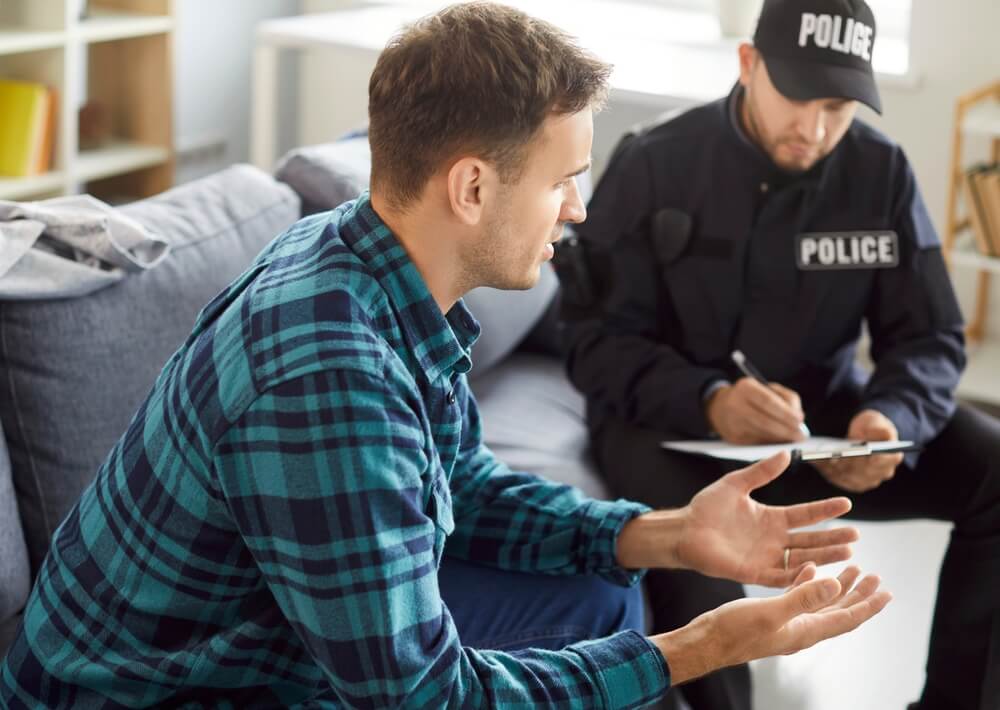
Here’s what you need to understand about pedestrian laws and how fault is determined in a pedestrian accident. Pedestrians often have the legal right of way, especially when crossing at marked crosswalks or intersections with traffic signals. Most state laws require drivers to yield to pedestrians in these scenarios.
When Is the Driver at Fault?
Fault is determined by examining whether traffic laws were broken and whether the driver exercised a duty of care.
Drivers may be found at fault if they:
- Were distracted (e.g., texting or talking on the phone)
- Failed to yield at a crosswalk
- Ran a red light or stop sign
- Were speeding or driving recklessly
In some cases, both the driver and pedestrian may share fault. However, depending on your state’s negligence laws, you may still be eligible for compensation even if you were partially responsible.
Most states follow comparative negligence rules, which allow injured parties to recover damages even if they share some fault—as long as it’s below a certain threshold.
Filing an Insurance Claim After a Pedestrian Accident
Filing an insurance claim can be disturbing, especially when you’re trying to recover physically. Understanding the process can help you avoid mistakes.
If the driver is insured, their liability coverage should cover your medical bills and other damages. You’ll typically need to submit documentation including:
- Medical reports
- Receipts for expenses
- Proof of lost wages
- The police report
You might also be covered under your auto insurance policy through Uninsured Motorist (UM) or Underinsured Motorist (UIM) coverage, especially in hit-and-run cases.
Pedestrian victims often don’t realize they can use their auto insurance policy—even when they’re not in a car—to cover injuries caused by uninsured drivers.
Dealing With Insurance Adjusters
Insurance companies often request recorded statements or quick settlements. It’s best not to engage without legal advice. Even minor misstatements can be used to reduce or deny your claim.
Hiring a lawyer to handle communication ensures you’re not being taken advantage of and can significantly increase the settlement amount you’re offered.
Legal Considerations and When to Seek Help

Hiring an attorney after a pedestrian accident isn’t just about going to court—it’s about having someone on your side who understands the legal system and can fight for fair compensation.
An experienced pedestrian accident lawyer can help:
- Investigate the incident
- Collect and preserve evidence
- Handle insurance companies
- Calculate the full extent of your damages
Time is also a factor. Each state has a statute of limitations for filing personal injury claims. Missing that deadline could mean losing your right to compensation.
Your legal options may include compensation for:
- Medical expenses (past and future)
- Lost wages and loss of earning potential
- Pain and suffering
- Emotional distress
- Disability or disfigurement
If the driver fled the scene (a hit-and-run), your lawyer can assist in seeking compensation through your own insurance or crime victims’ compensation funds, depending on your location.
Common Injuries Pedestrians Suffer in Accidents
Pedestrian accidents can lead to a wide range of injuries, many of which have long-term consequences. Understanding the types of injuries can help you better document your claim and explain the full extent of your suffering.
Table: Common Injuries Sustained in Pedestrian Accidents
| Injury Type | Description | Common Symptoms |
|---|---|---|
| Soft Tissue Injuries | Damage to muscles, ligaments, and tendons | Swelling, bruising, pain, limited mobility |
| Fractures | Broken bones due to impact | Severe pain, deformity, inability to move the affected area |
| Head Injuries | Trauma to the skull or brain | Headache, confusion, dizziness, loss of consciousness |
| Spinal Cord Injuries | Damage to the spinal cord affecting motor and sensory function | Numbness, paralysis, loss of sensation |
| Internal Injuries | Damage to internal organs or internal bleeding | Abdominal pain, dizziness, deep bruising |
These injuries often require ongoing treatment, surgery, or rehabilitation, which can be costly both financially and emotionally.
Safety Tips to Prevent Pedestrian Accidents
While driver’s bear the primary responsibility to operate their vehicles safely, pedestrians can also take steps to protect themselves.
Stay visible, especially at night. Wear reflective clothing and carry a flashlight when walking in low-light conditions. Use crosswalks and obey traffic signals. Stay alert—avoid distractions like texting or listening to music at high volumes while walking near roadways.
According to the CDC, one pedestrian is killed every 75 minutes in traffic crashes, and nearly half of those involve alcohol—either from the driver or pedestrian.
By practicing caution and awareness, you can reduce your chances of being involved in a serious accident.
FAQs About Pedestrian Accidents
What should I do immediately after being hit by a car?
Seek medical attention, contact law enforcement, gather evidence, and avoid admitting fault. These steps help protect your health and your legal rights.
How can I prove the driver was at fault?
Collect witness statements, take photos of the scene and your injuries, and obtain the police report. These documents support your claim.
Should I speak with the driver’s insurance company?
It’s best to consult an attorney before speaking with any insurance representative. They may use your words to minimize or deny your claim.
What compensation can I seek after a pedestrian accident?
You can seek damages for medical bills, lost income, pain and suffering, and emotional Trauma. An attorney can help you calculate a fair settlement.
Is there a time limit to file a claim after a pedestrian accident?
Yes, each state has its statute of limitations. In many places, it ranges from one to three years, so don’t delay seeking legal help.
Can I still claim compensation if I was partially at fault?
Depending on state laws, you may still be eligible. However, your compensation may be reduced based on your percentage of fault.
Conclusion
Being hit by a car as a pedestrian is a traumatic experience. Your priority should always be your health and safety. After that, it’s about protecting your rights, documenting your experience, and getting the support you need to recover both physically and financially.
If you’ve been injured in a pedestrian accident, you don’t have to go through the aftermath alone. A trusted personal injury firm can help guide you through the legal process and fight for the compensation you deserve.
Need help to understand your options? Reach out to the experienced team at AKD Law. They’re here to help you move forward with confidence.
Categories

In 2003, after being dissatisfied with the quality of legal care for victims of car accidents, Roderick ‘Rico’ Alvendia sought to establish a new firm focused on providing high-quality legal services to aid injured victims and their families. J. Bart Kelly, sharing Rico’s passion for upholding justice, joined the firm later that year, and established a partnership.

